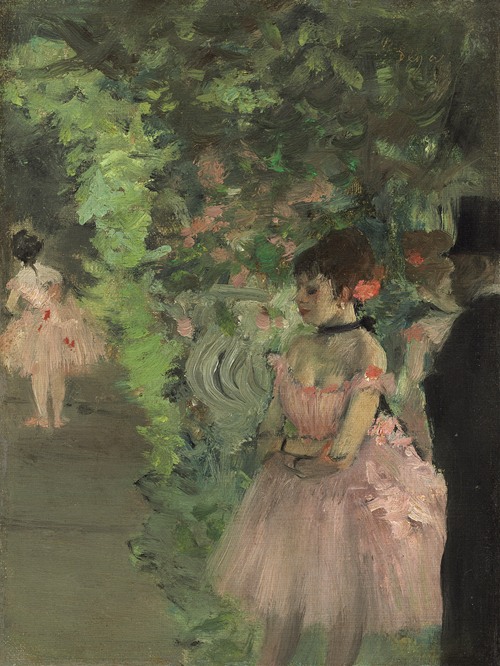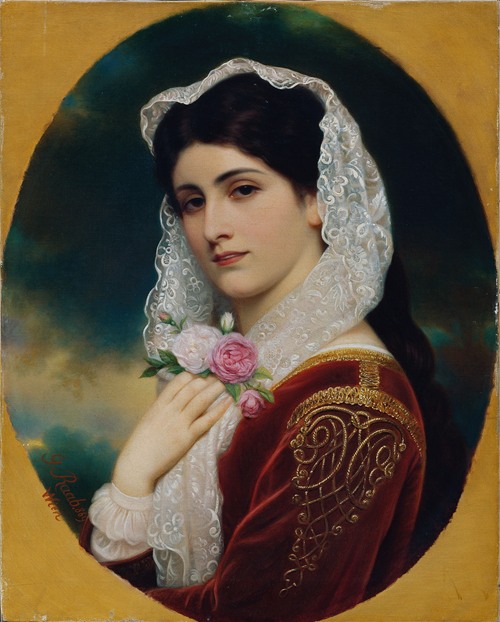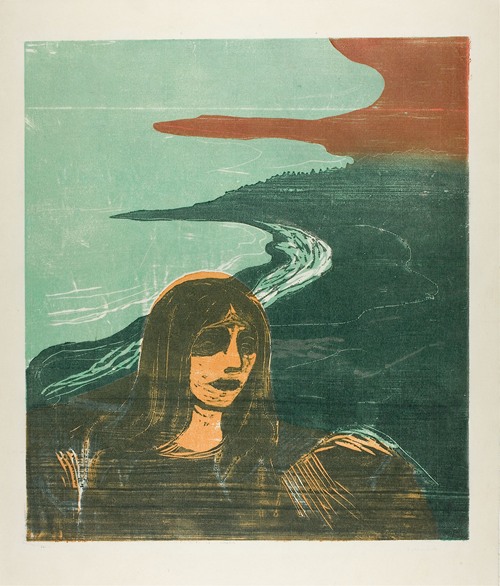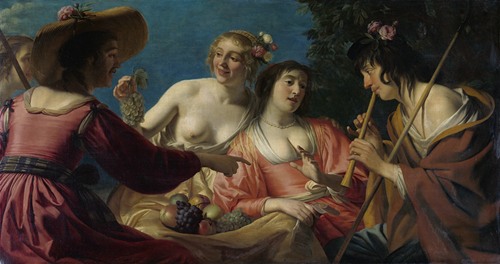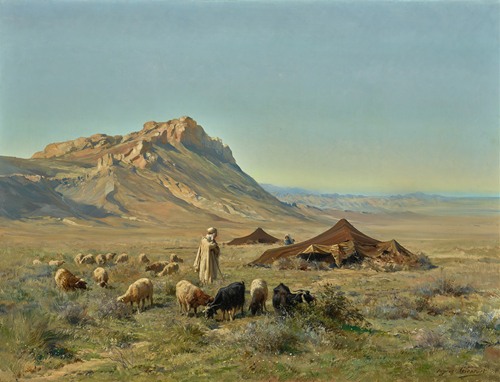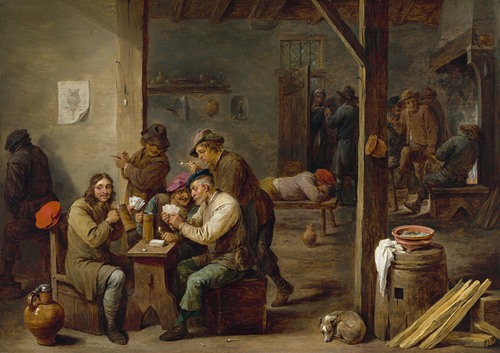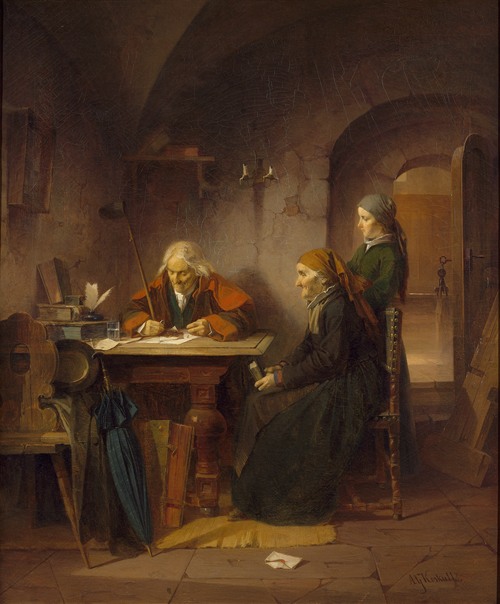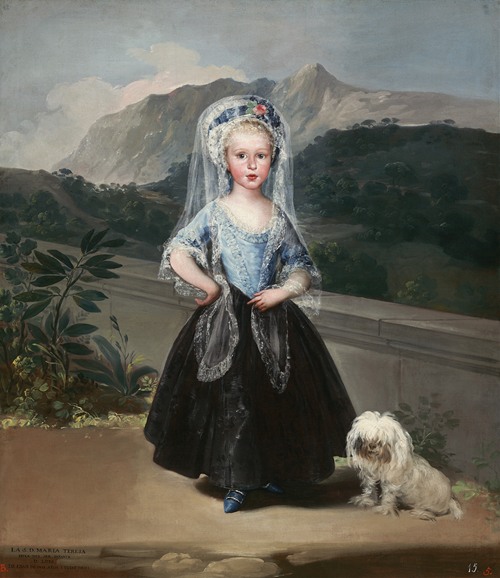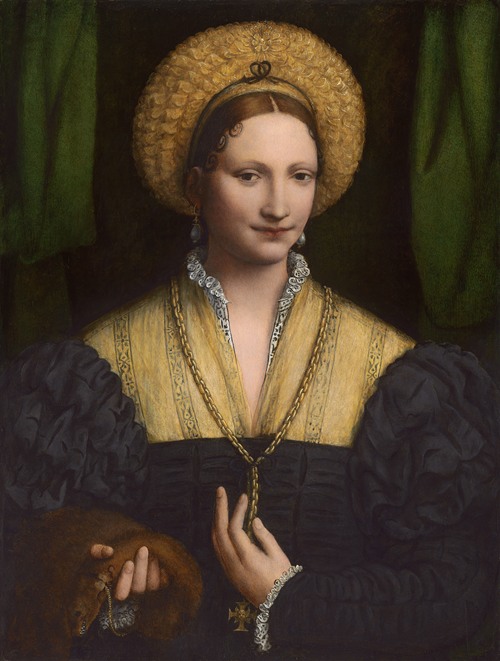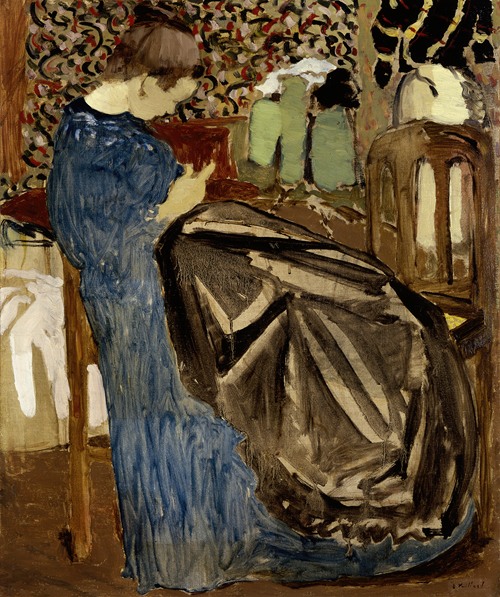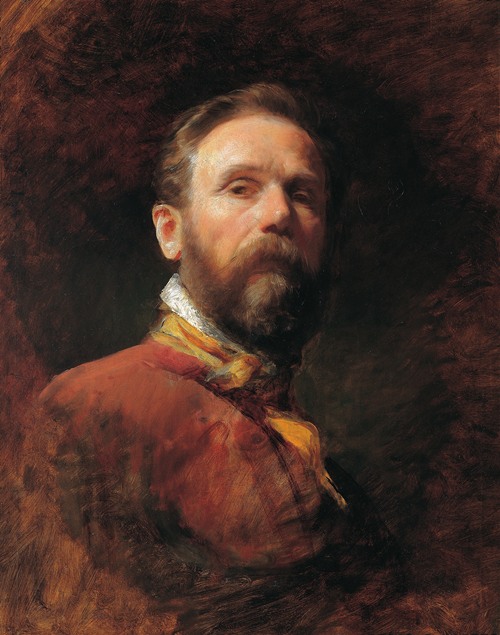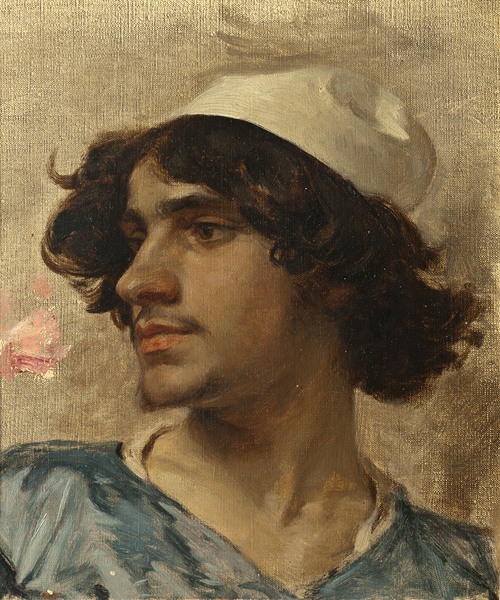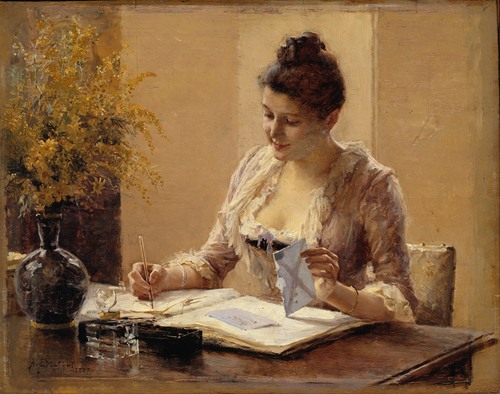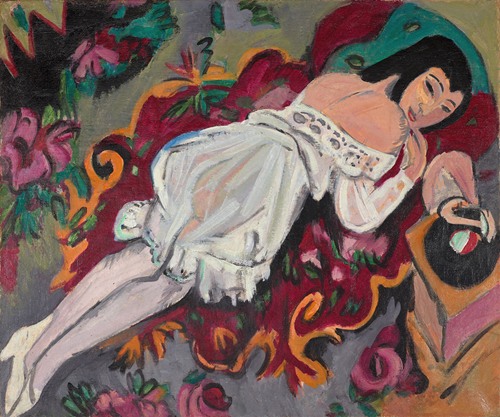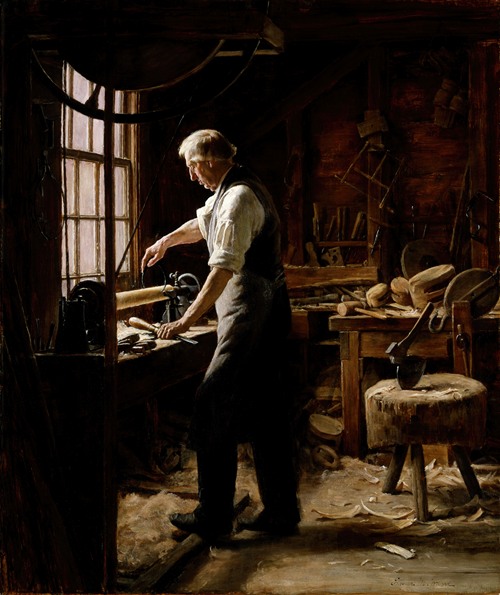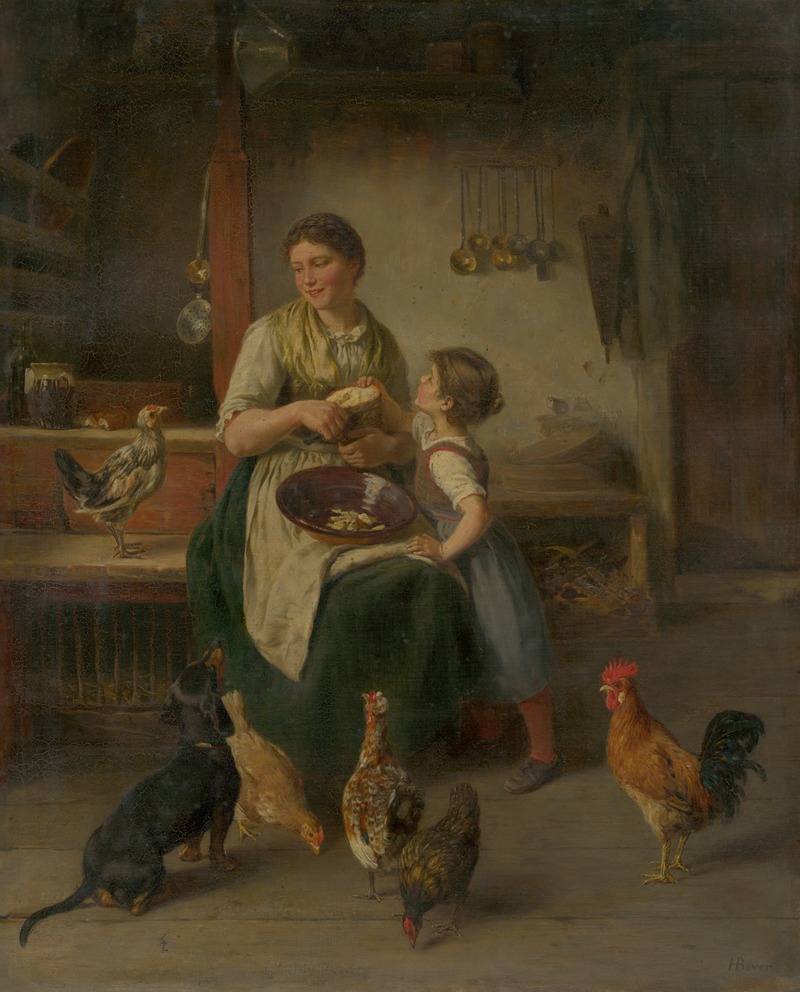
Hermann Bever was a German painter, conservator and gallery director.
Hermann Bever was the second son of Karl Ritter von Bever (1798/99-1860), Royal Bavarian Ministerial Director at the State Ministry of Trade and Public Works in Munich, and his wife Ernestine, née Michaelis. Like his father, his older brother Otto von Bever (1839-1920) was elevated to the personal nobility as a royal ministerial councillor and secretary general in the State Ministry of the Royal Household and Foreign Affairs.
After elementary school, Bever attended the Wilhelmsgymnasium in Munich for three years and then transferred to the Maximiliansgymnasium, where he graduated in 1864. He then studied law at the universities of Munich and Berlin until 1868, completed the obligatory preparatory internship with judicial and administrative authorities and passed the state examination in 1871 with the grade >II<. Despite the obvious career prospects, Hermann Bever enrolled in the antiquities class at the Munich Academy of Art on May 12, 1871, attended the engraving class of Johann Leonhard Raab and the preparatory class of Otto Seitz. From 1876 to 1879 he studied painting in the master class under Karl Theodor von Piloty. In 1879 and 1880 Bever traveled to Italy and Tyrol. He was a member and for two years secretary of the Munich Artists' Cooperative and the General German Art Cooperative. In 1885 he was awarded the Knight's Cross of the Royal Bavarian Order of Leopold and in March of the same year was granted citizenship in Munich. In 1897, he applied to the State Ministry of the Interior for Culture and School Affairs for the position of curator at the Bavarian State Painting Collections as successor to the late Heinrich Lossow, partly because “due to changes in the perception of art and the general deterioration in sales, especially of German art production” his income had fallen and because he was suffering from “an increasing inability to accommodate his eyes”, “which makes it extremely difficult for him to constantly change the position of his eyes for near and far, which is necessary when working from the model, without this hindering his reading and writing in any way or endangering the eyes themselves. “ In 1899 he was appointed curator of the royal branch picture gallery in Schleißheim and (until 1905) a member of the gallery commission. In 1907, he undertook a business trip to the art collections in Nuremberg, Bamberg, Würzburg, Aschaffenburg, Ansbach, Augsburg and Frankfurt am Main in order to report on their institutions, buildings and collections. Following a severe bout of influenza, he was granted convalescent leave and cures in Bad Tölz and Meran in the winter of 1908/09, but his health did not improve. He was finally transferred to permanent retirement in 1912. He died in the same year.
